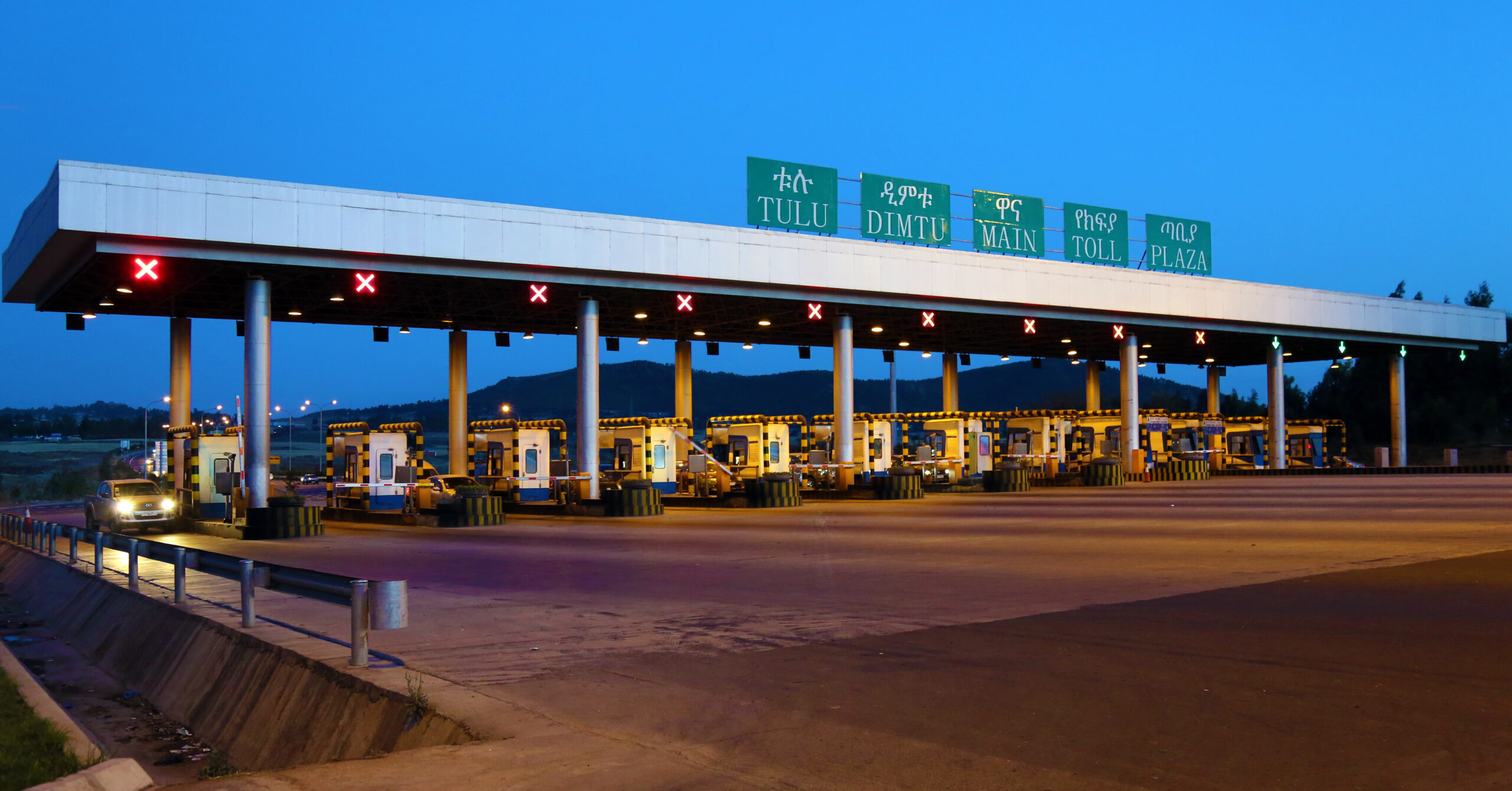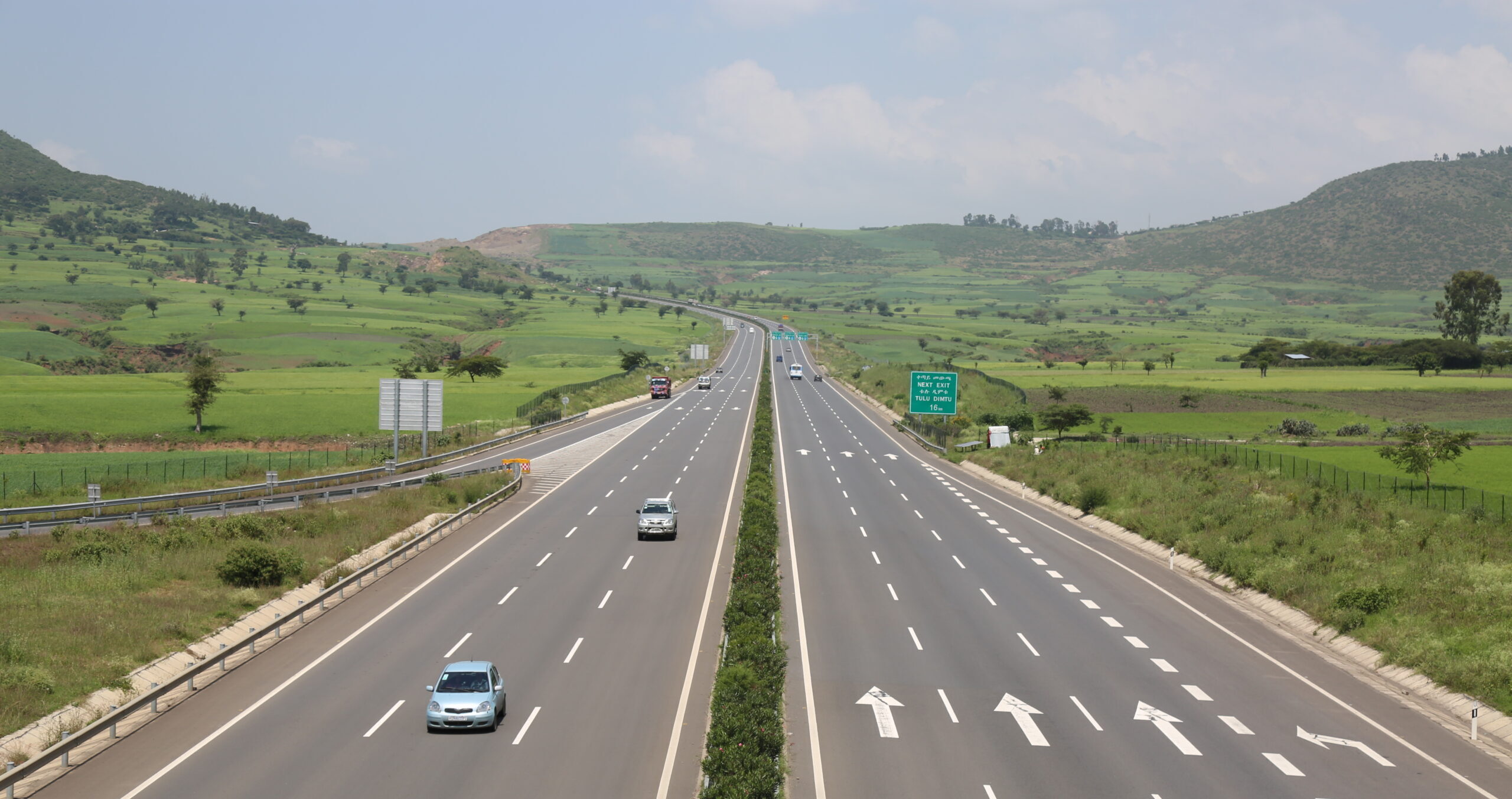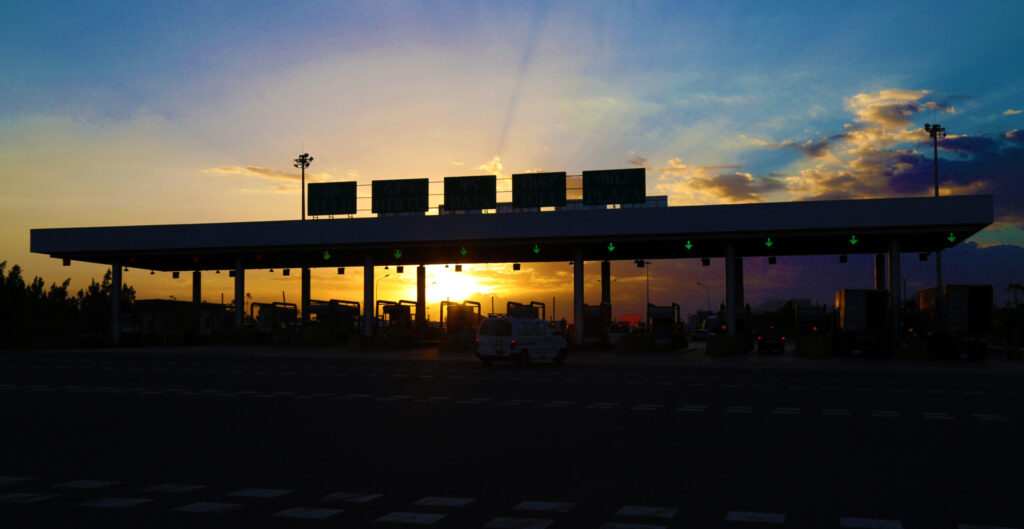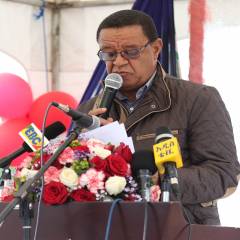Shopping cart

ETRE
It is known that the Government of Ethiopia is undertaking vast and numerous developmental programs to achieve the Growth and Transformation Plan (GTP) series laid out for the holistic renaissance of the country. The Addis Ababa – Adama Expressway (AAE) is one of the construction mega projects developed as part of GTP-I which is open for traffic and administered by the Ethiopian Toll Roads Enterprise. Other expressways (Modjo-Hawassa and Adama-Awash) are underway and many more are planned for future development and operation in line with the dynamic socio-economic development of Ethiopia.
















